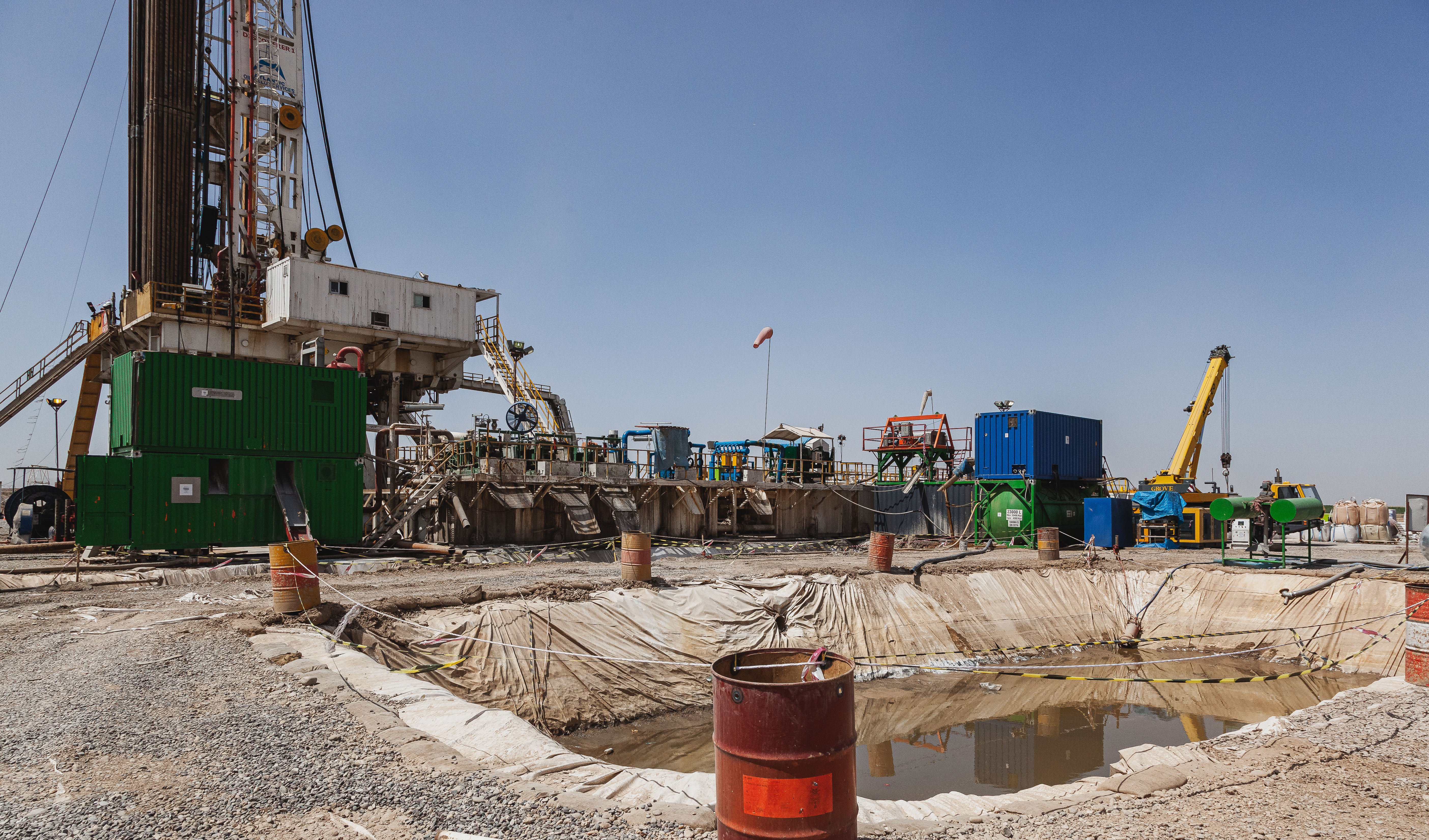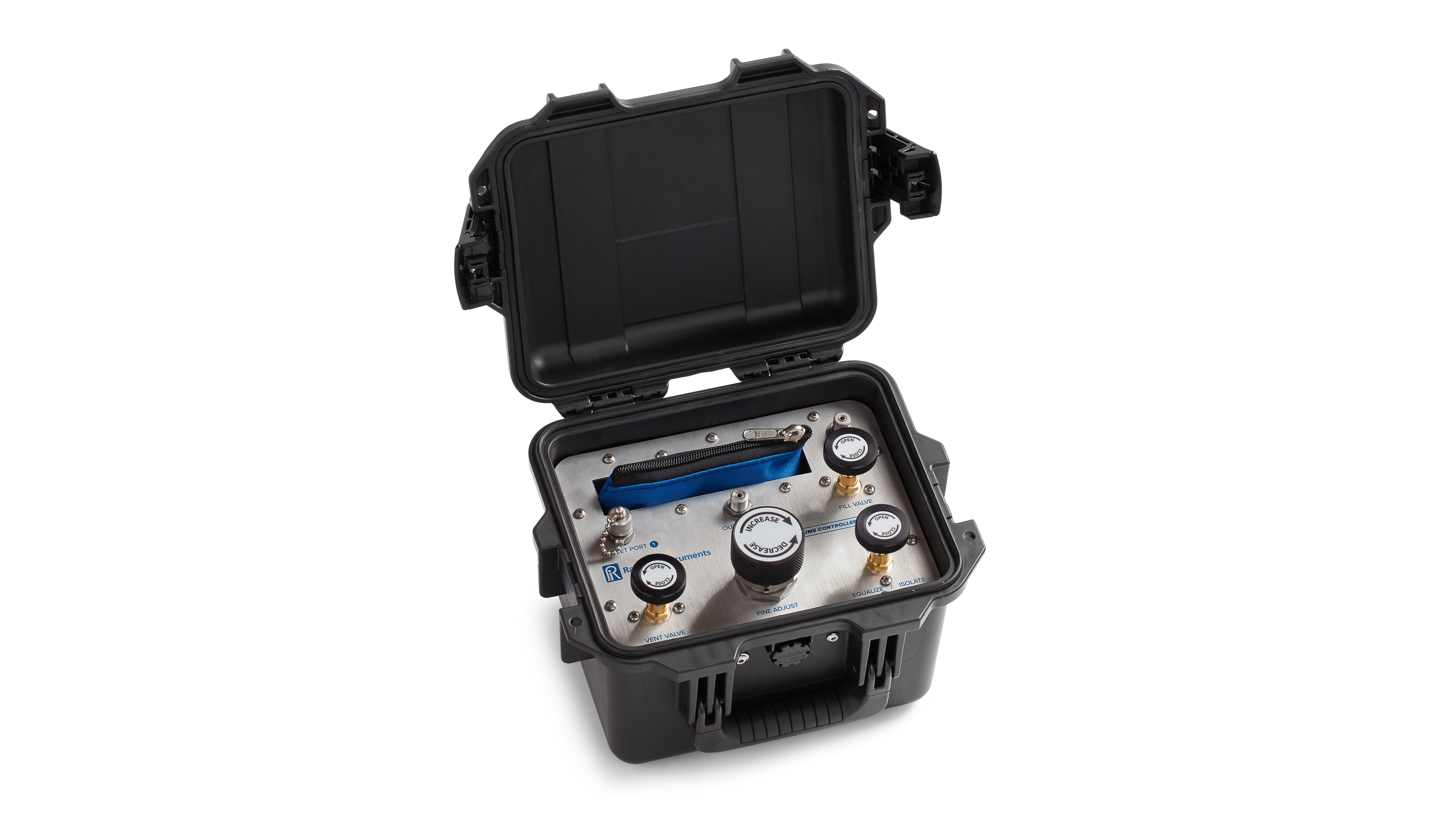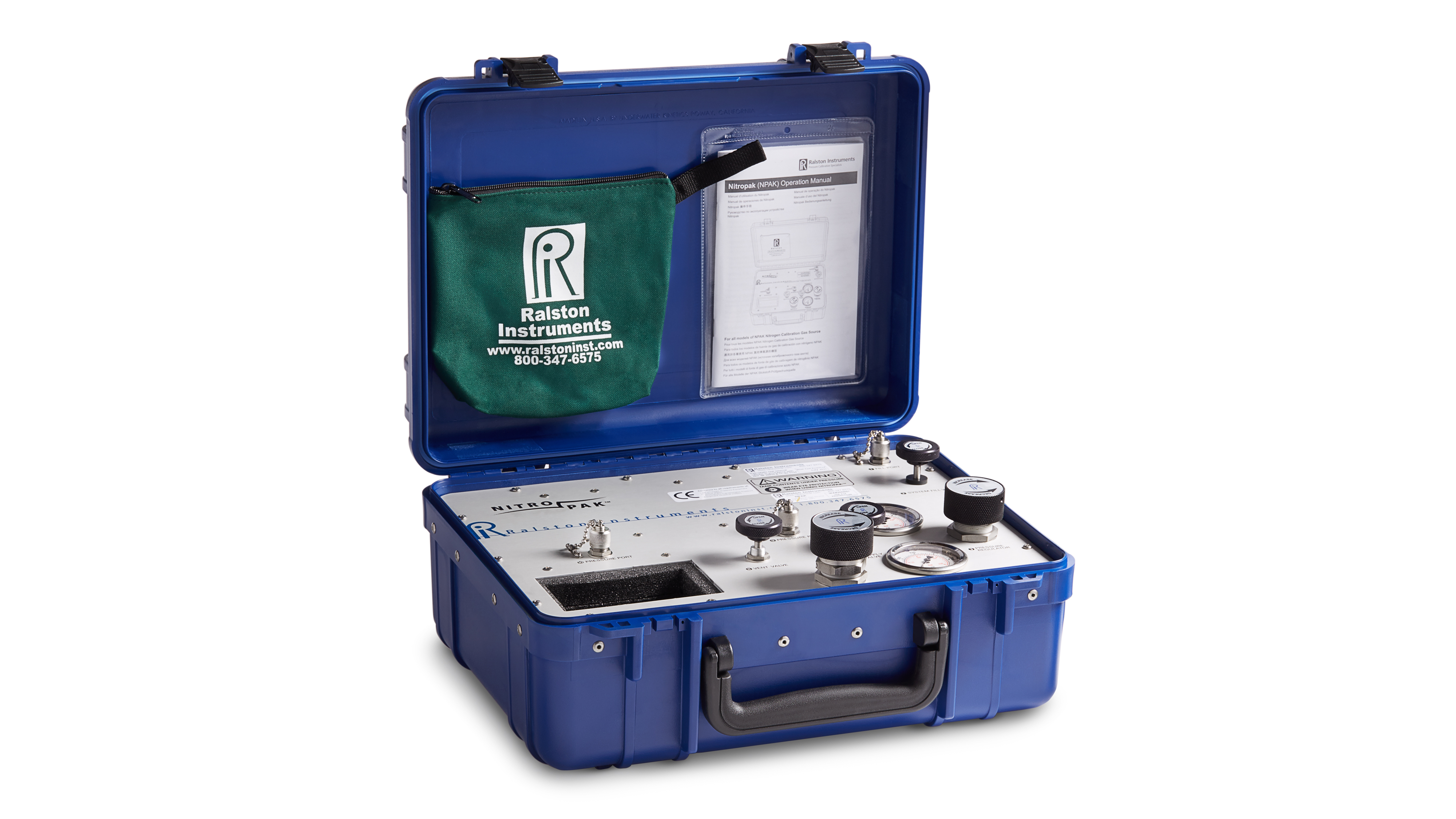Hand pumps have been the go-to solution for field calibration for decades, providing a reliable means of generating pressure for calibrating a wide range of devices from pressure gauges and transmitters to pressure switches and other pressure instruments. But as technology continues to evolve and the demand for higher levels of precision and efficiency continues to grow, pressure testing with regulated nitrogen has become a compelling alternative to hand pumps.
Traditional High Pressure Field Calibration






